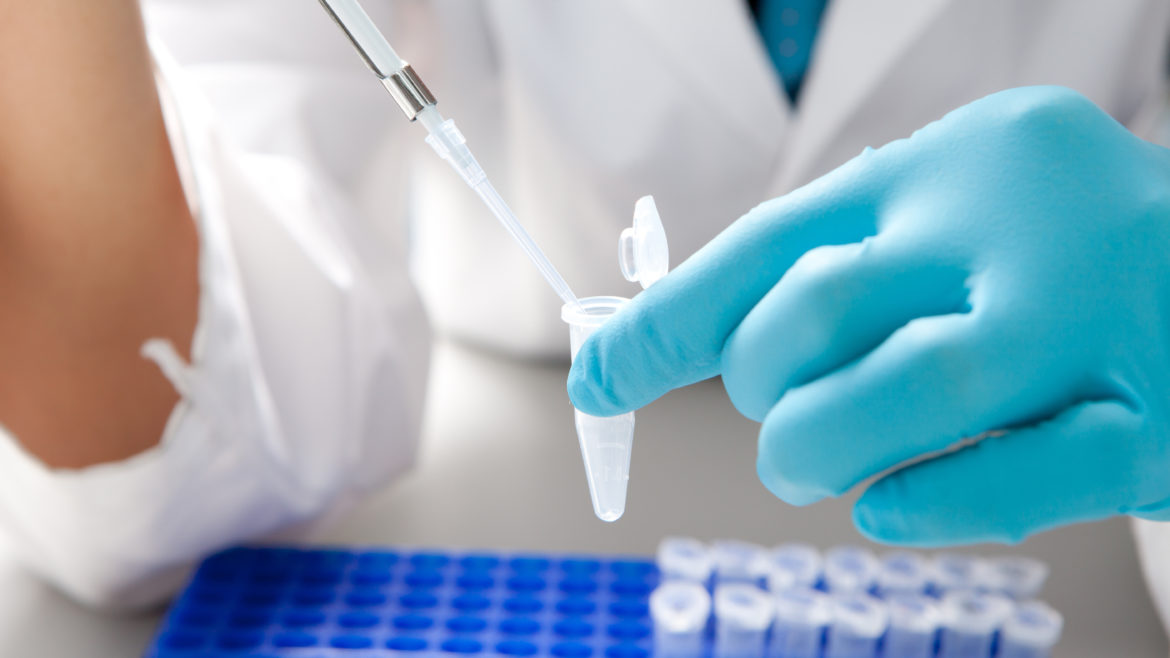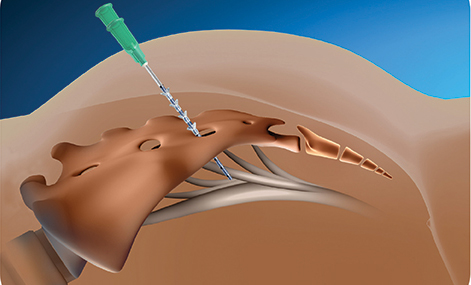RNase 7: Paving the Way for a Natural, Antibiotic-Free Treatment for Urinary Tract Infections
RNase 7: Paving the Way for a Natural, Antibiotic-Free Treatment for Urinary Tract Infections https://pediatricsnationwide.org/wp-content/themes/corpus/images/empty/thumbnail.jpg 150 150 Katie Brind'Amour, PhD, MS, CHES https://pediatricsnationwide.org/wp-content/uploads/2021/03/Katie-B-portrait.gifThe latest in the body of antimicrobial peptide research suggests RNase7 may be a useful prognostic marker and potential therapeutic option for UTIs. Building on their body of research focused on the naturally occurring antimicrobial peptides in the urinary tract, clinician-scientists at Nationwide Children’s Hospital have now confirmed the suspected role of Ribonuclease 7 (RNase…





